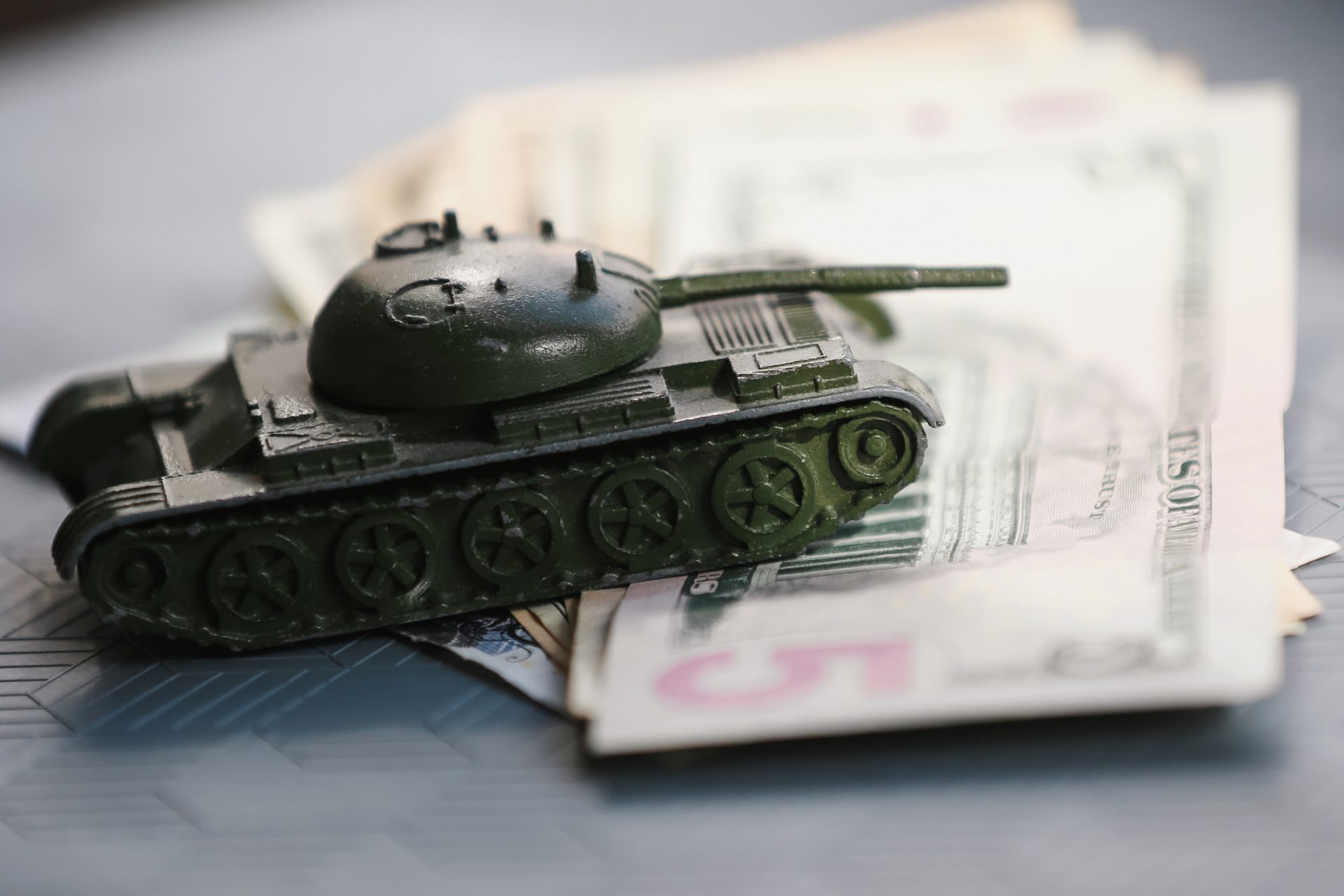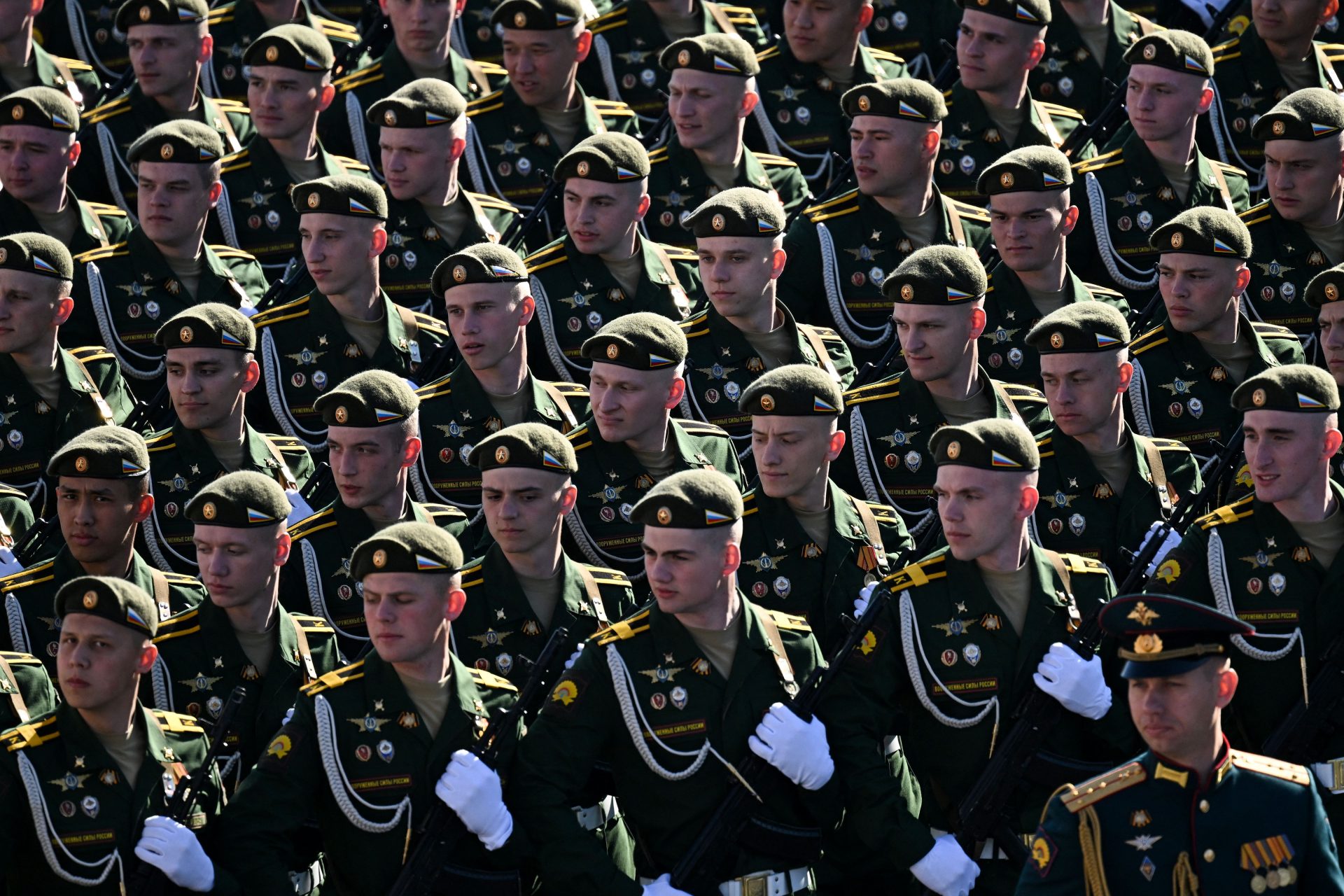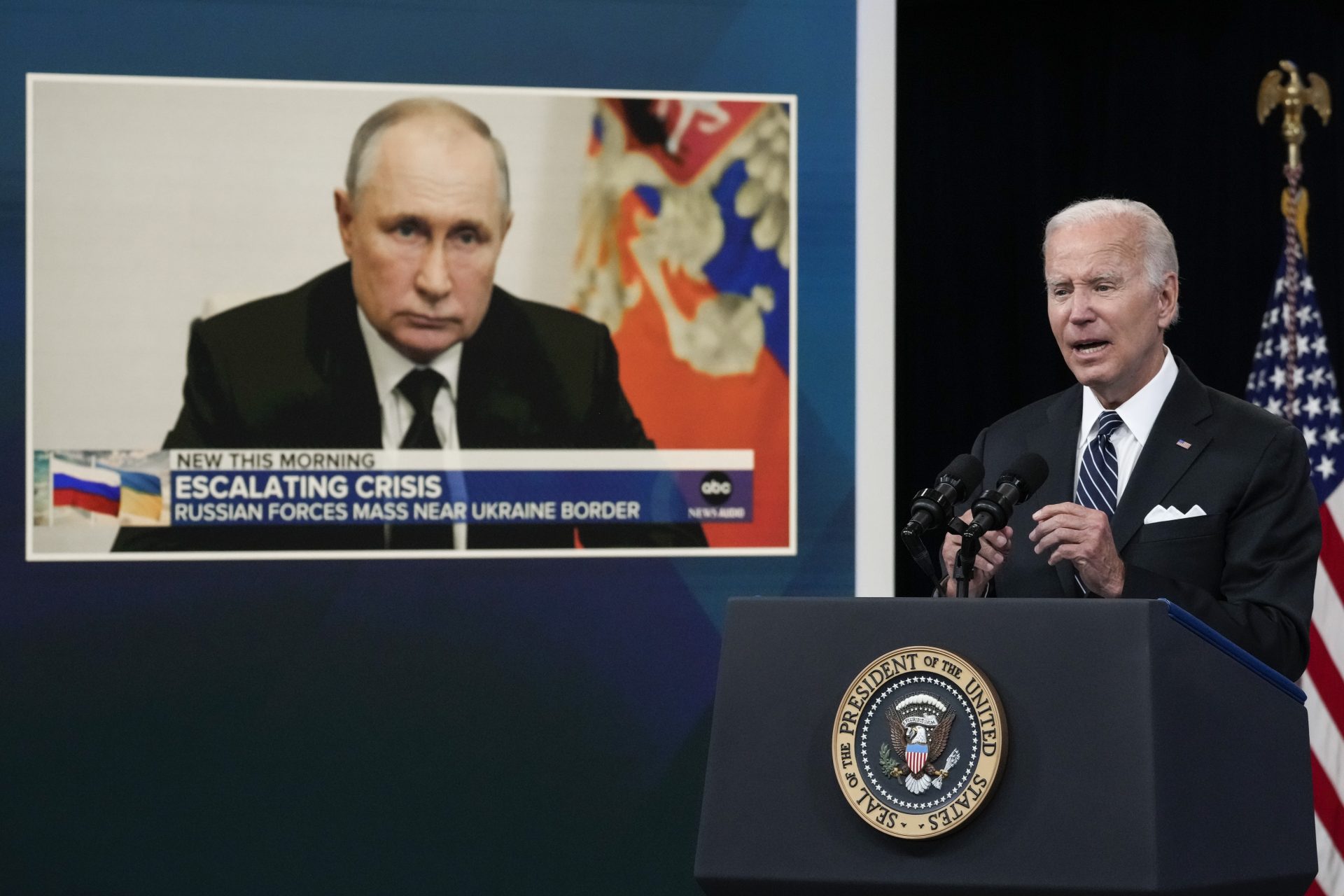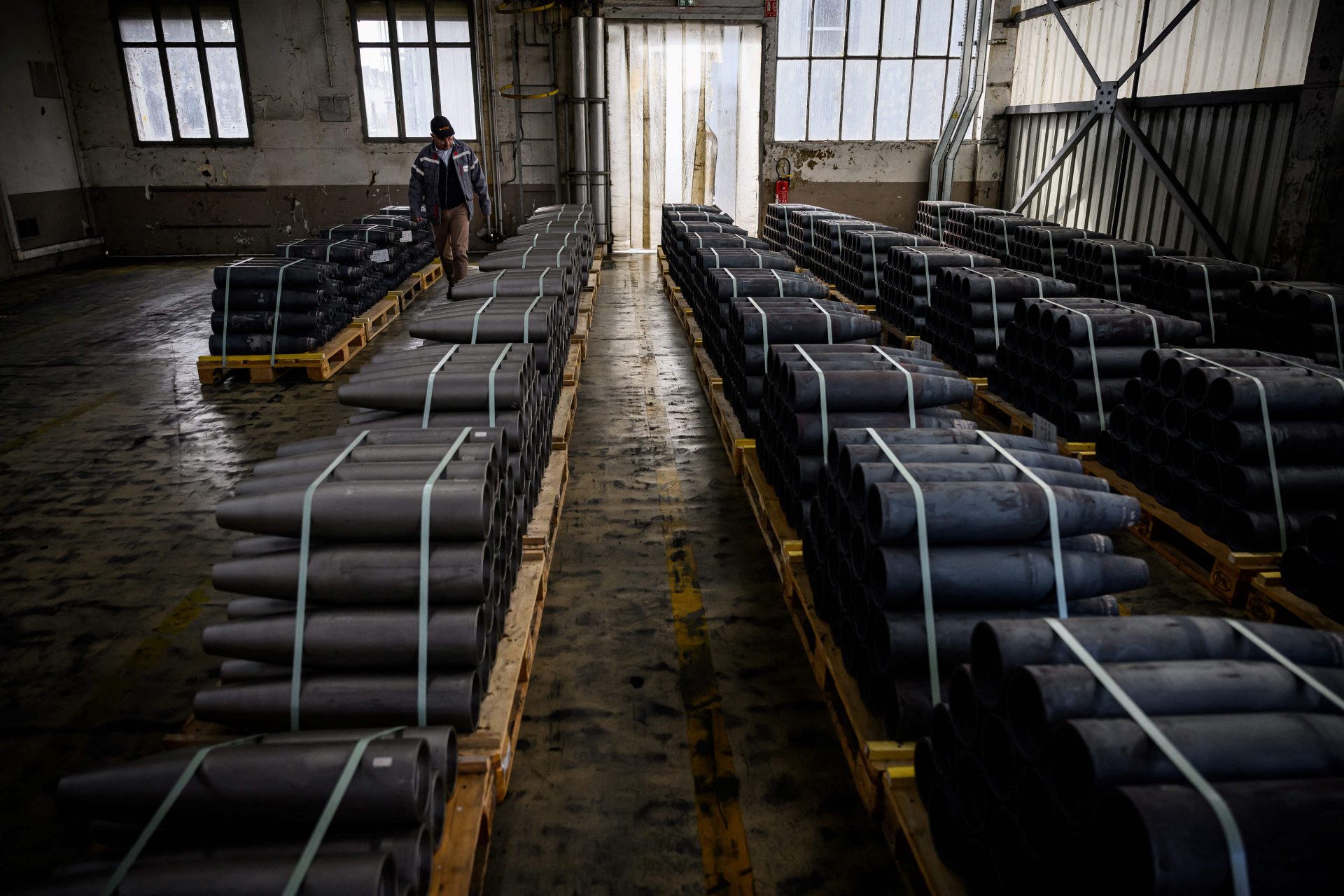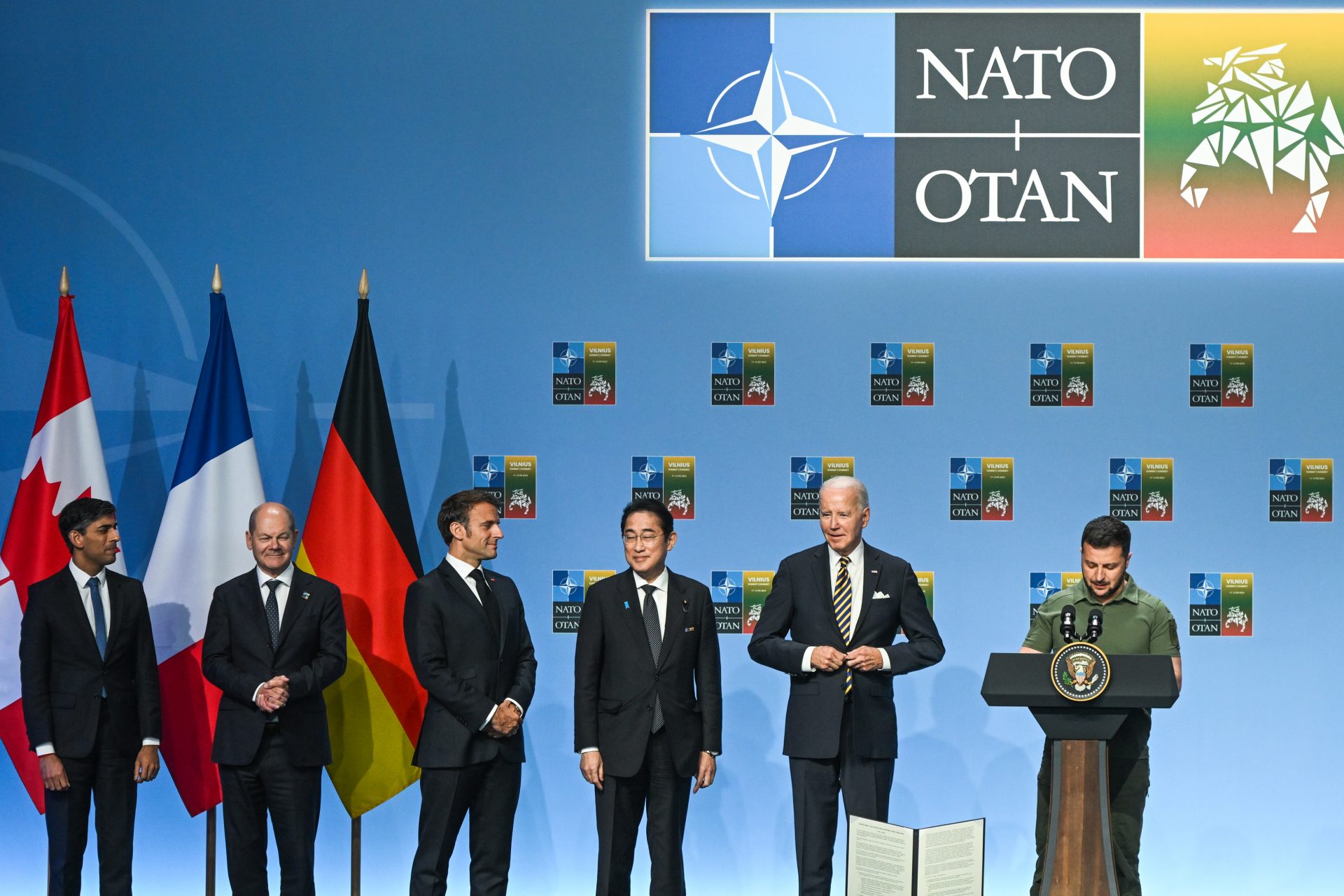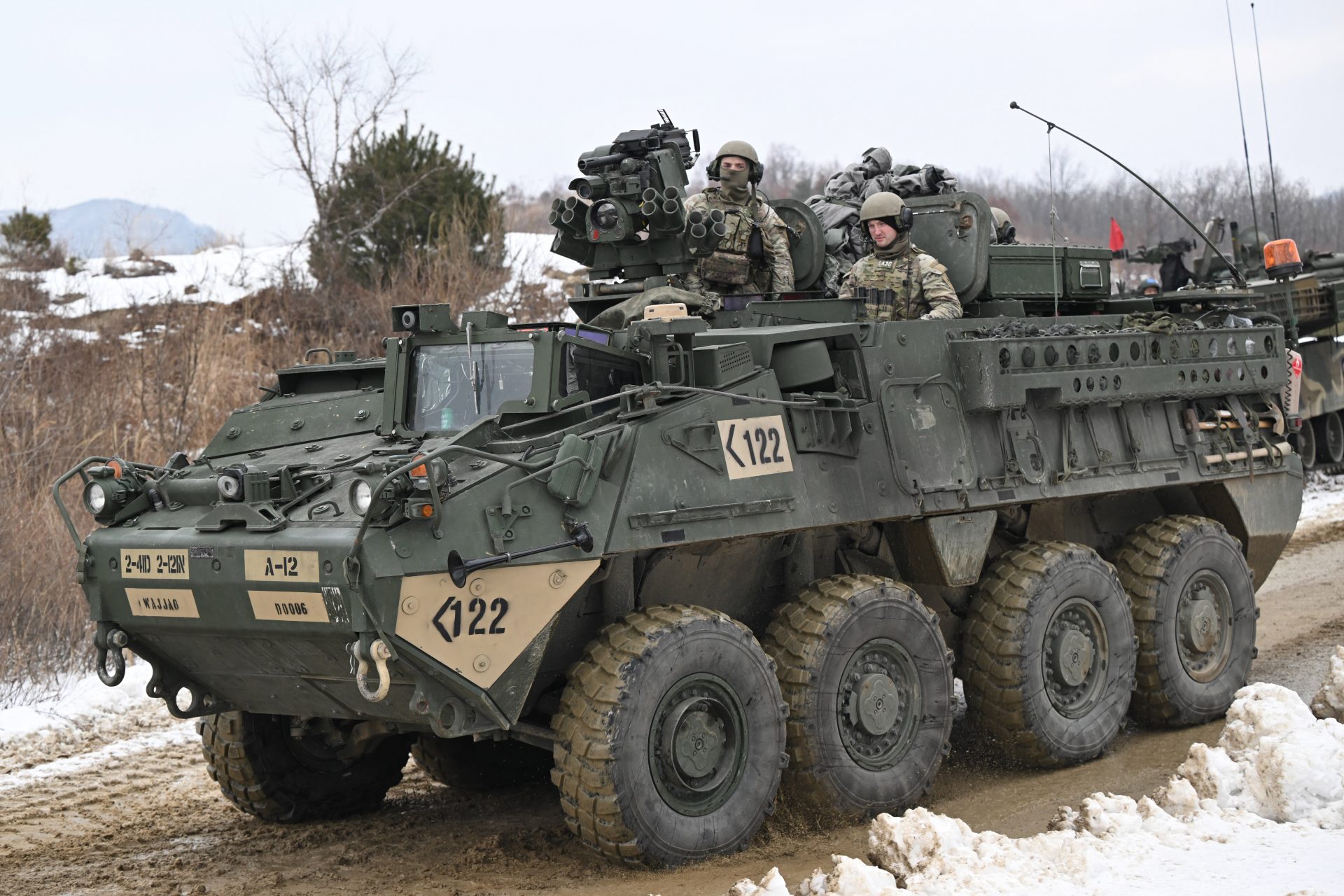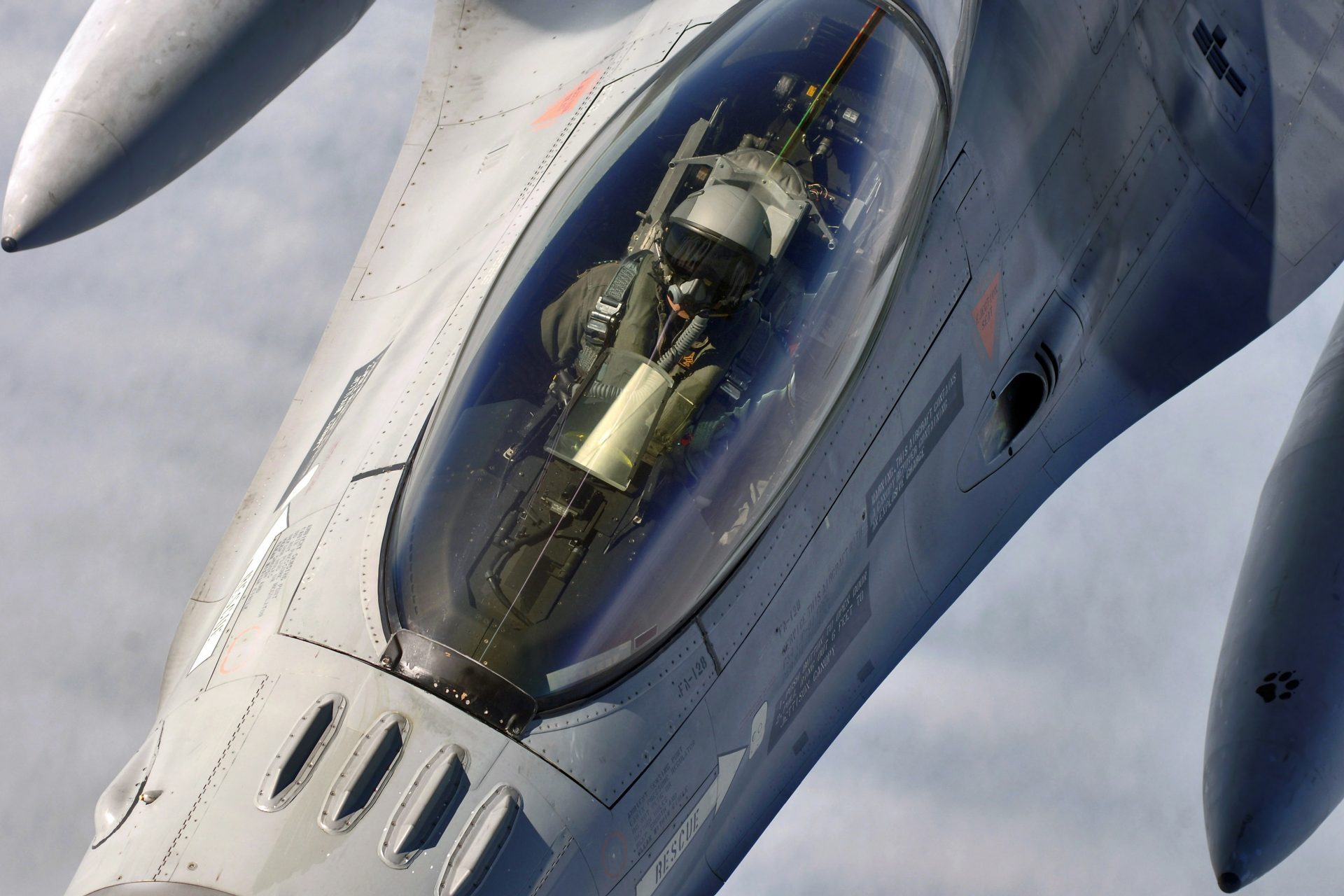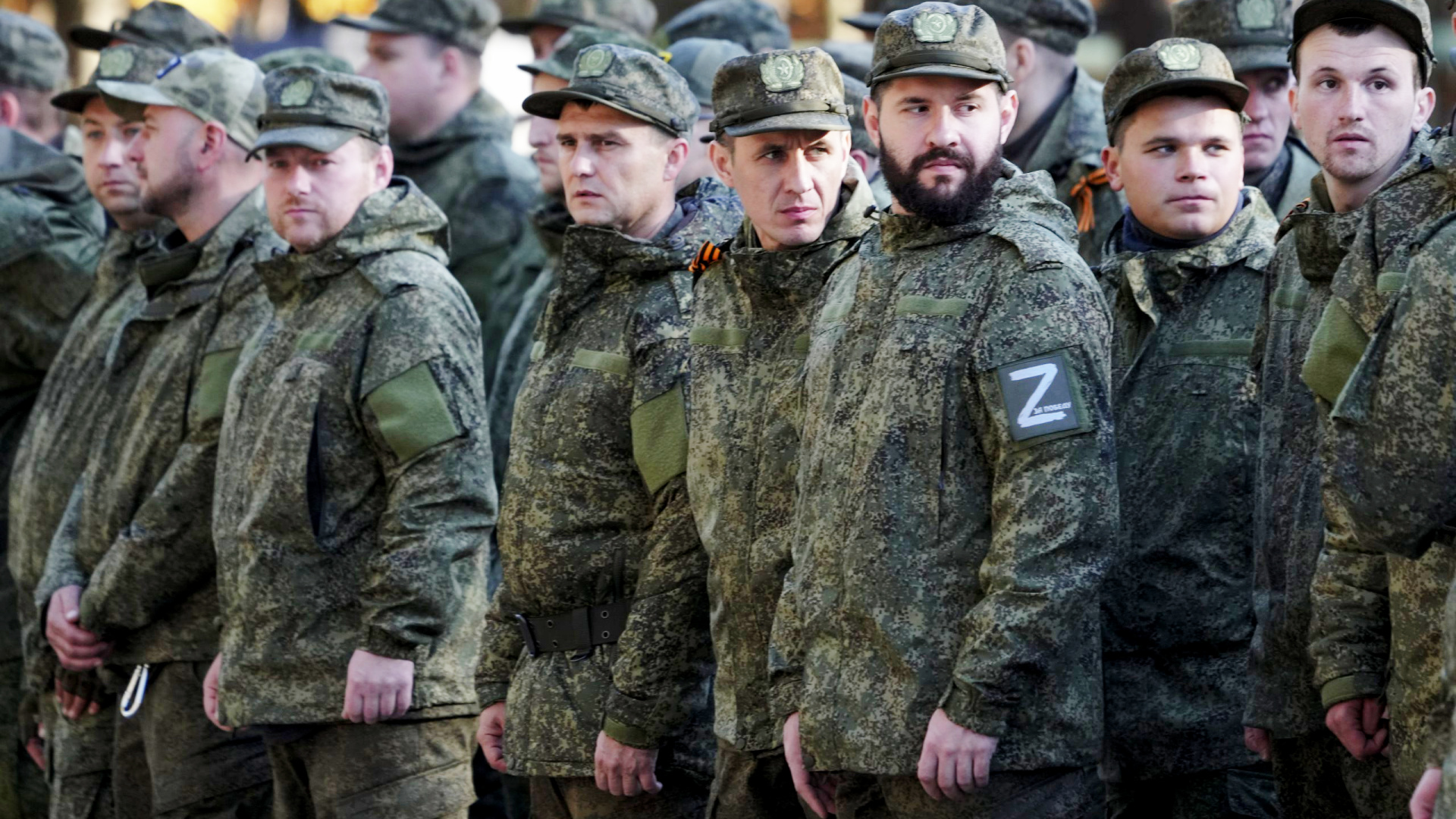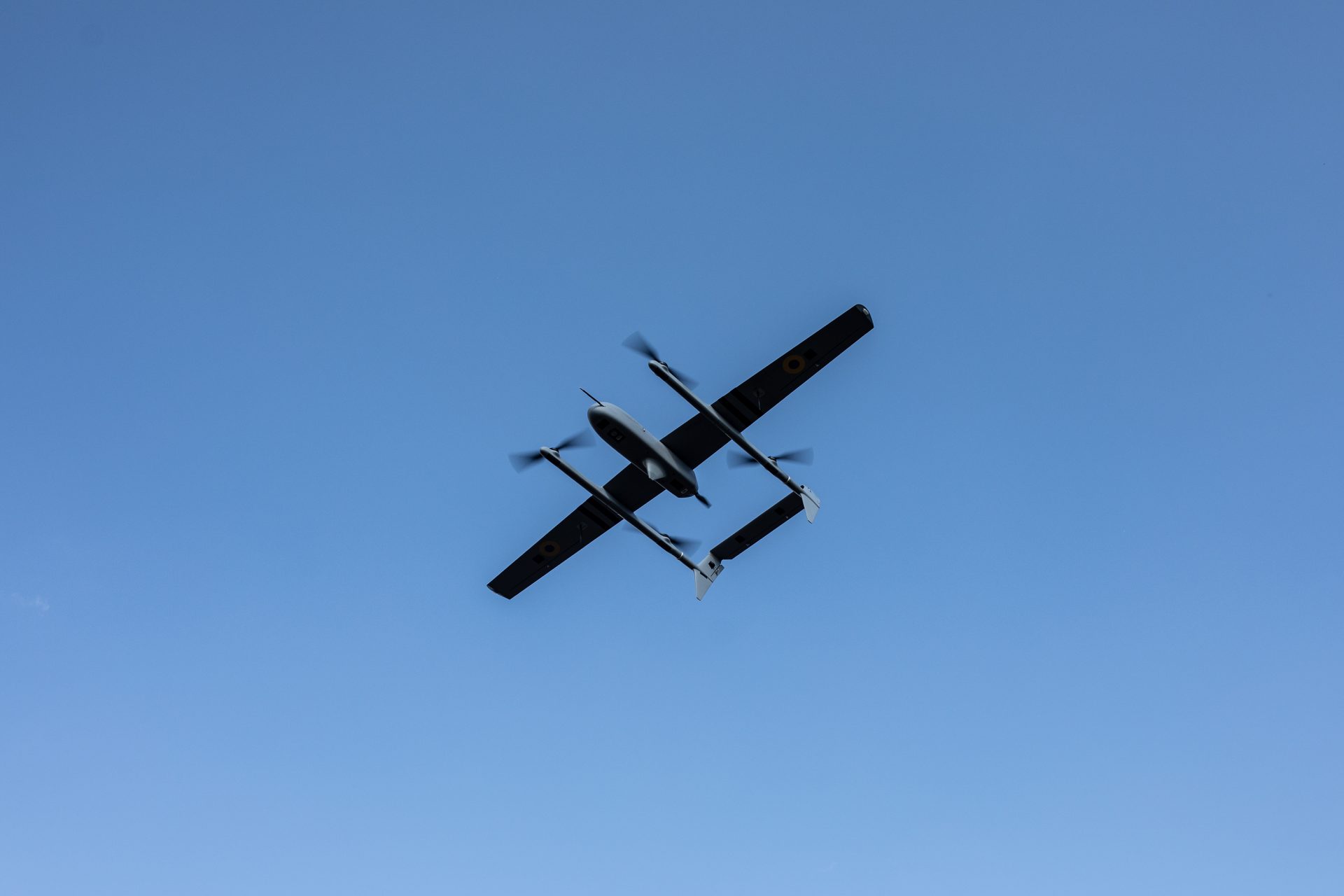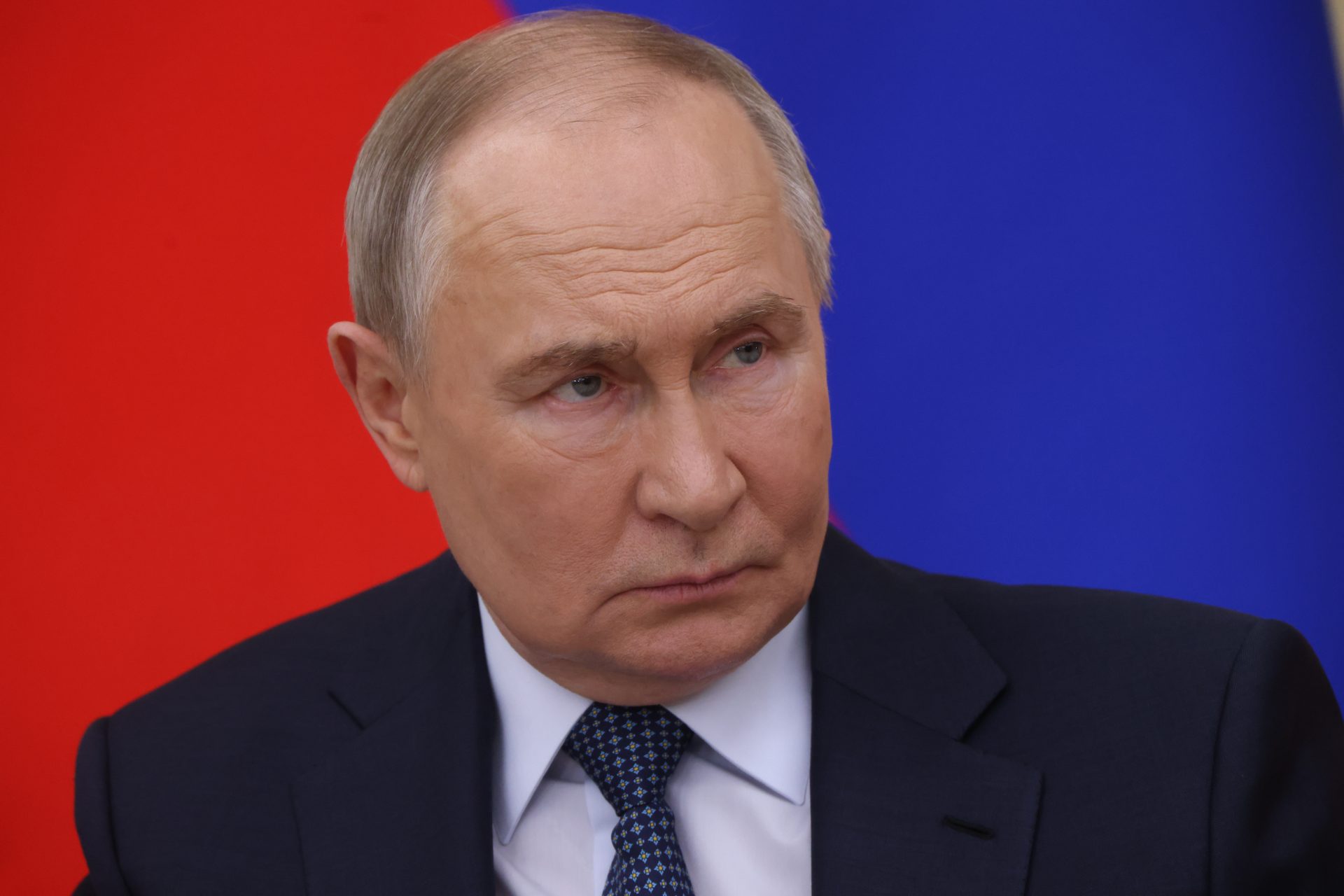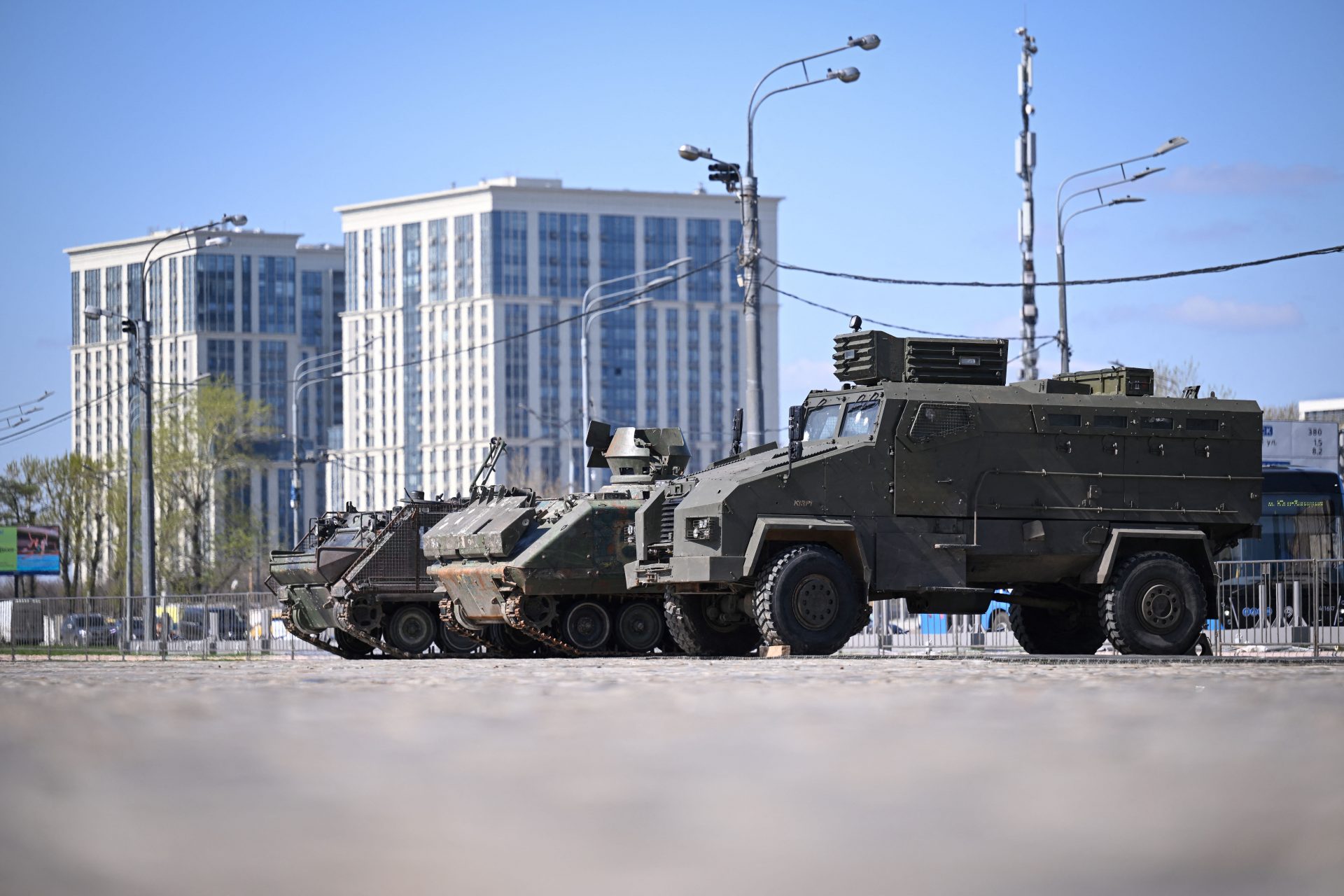Global military spending has hit a concerning new record high
Global military spending jumped nine percent to a new record high of $2.2 trillion dollars according to a report from the International Institute for Strategic Studies. However, that wasn’t the only important problem that the new report revealed to the world.
The International Institute for Strategic Studies (IISS) published the 65th annual edition of its ‘Military Balance’ report, an assessment the think tank said records the “personnel, numbers, and equipment inventories and defense economics of 170 countries.”
"A picture of strategic instability and a new era of contested power," Director General of the IISS Bastian Giegerich described the atmosphere, the world moving forward while he was speaking with journalists about the report according to The Washington Post.
Giegerich’s assessment makes a lot of sense since the world is suffering from a number of concerning military and security problems as it shifts away from the post-Cold War era that saw the United States run the international order as its only one superpower.
However, the increasing nature of the military finches doesn’t mean that the U.S. and its allies weren’t the most prolific defense spiders in 2023. America accounted for 40.5% of total global spending while its 30 other NATO allies accounted for about 17.3%.
The United States spent $900 billion in 2023, a figure that was larger than the next 15 countries studied by the IISS but an amount of money that only represented 3.36% of the country’s Gross Domestic Product (GDP).
“Russia’s aggression spurred European countries to boost defense spending and has strengthened NATO,” the editors' introduction to the IISS report explained. Adding that it was NATO members and the United States that dominated defense spending in 2023.
“NATO member states’ defense spending, dominated by the United States, has risen to about 50% of the global total,” the introduction went on to note, adding that when China, Russia, and India were added it brought the collective total to “70% of global spending.”
Figures from the report released by The Washington Post showed that China accounted for 10% of global military spending in 2023 while Russia was responsible for 4.8% and India was included in the 24.7% of spending made up by the rest of the countries studied by the IISS.
The Russian invasion of Ukraine was the catalyst for the United States and Europe to begin growing their military spending. NATO member states increased military spending 32% since Russia annexed Crimea in 2014, but most of the growth occurred after 2021.
The Washington Post reported 10 European Union member states reached NATO's 2% defense investment guideline, which was an agreement made by all NATO members that each allied state should spend at least 2% of its GDP on defense.
Russia and China are also spending more than they had in the past. Russia’s total military expenditures increased by 30% in 2023 according to the IISS report and The Washington Post noted Moscow is spending upwards of 7.5% of its GDP on defense.
“The country has significantly overhauled its defense industry since it became apparent it was not prepared for the war in Ukraine,” The Washington Post’s Adam Taylor noted before going on to explain the situation posed by China’s military modernization efforts.
China upped its defense spending in 2023 for the 29th consecutive year as part of the country’s ambitions to create a modern military. But Beijing's increases were also met by spending increase in Taiwan, which raised its spending by $19 billion.
Japan and South Korea also raised their military spending to meet the threats posed by North Korea, which is another example of how the new era of contested power pointed out by Bastian Giegerich is changing the world’s security situation.
"The current military-security situation heralds what is likely to be a more dangerous decade, characterized by the brazen application by some of military power to pursue claims," the IISS said in its report according to the German news outlet Deutsche Welle (DW).
More for you
Top Stories



